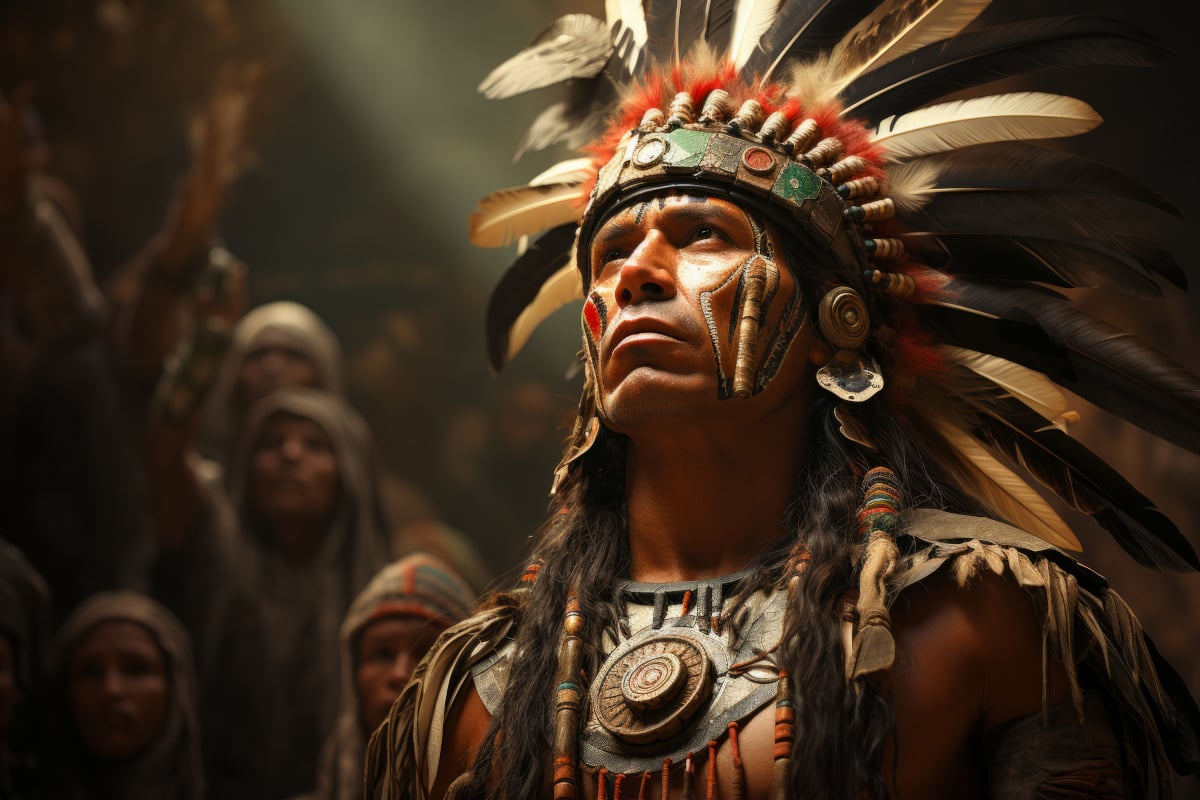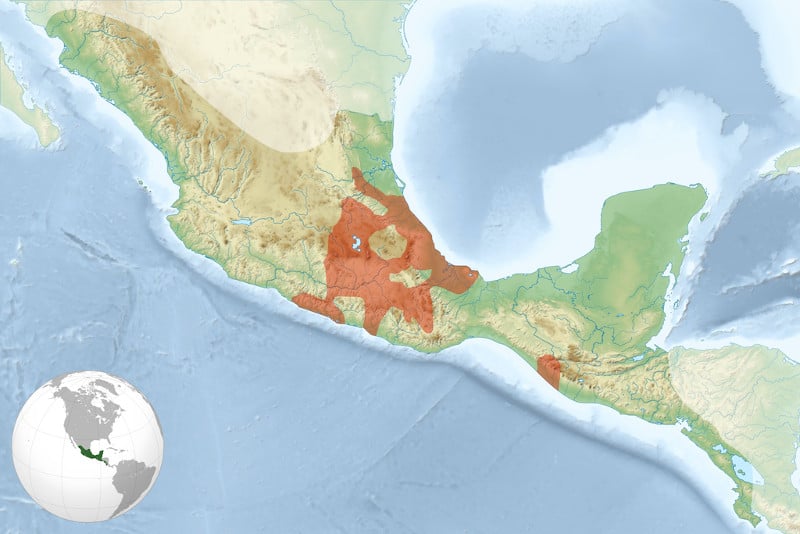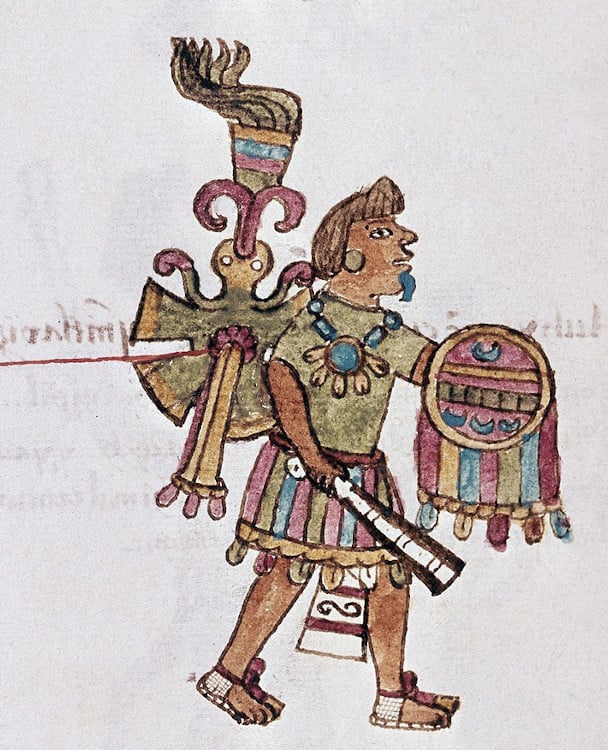
The Social Hierarchy of the Aztec Empire: A Complex Human Mechanism
The Aztec Empire, known for its grandeur and sophistication, was one of the most powerful and influential civilizations in Mesoamerican history. Flourishing from the early 14th century until the Spanish conquest in 1521 AD, the Aztec civilization developed an intricate social structure that played a crucial role in its political, economic, and cultural life. Understanding the complexities of the social hierarchy of the Aztec Empire provides valuable insights into its governance, religious practices, and daily interactions among its people. To understand the mechanisms of this ancient realm, we must first dissect the fabric of the Aztec society, from the ruling elite to the common folk and slaves, exploring the responsibilities, privileges, and societal roles that defined each class.
The Tlatoani and the Nobility: Living Demi-Gods
At the apex of the Aztec social hierarchy stood the Tlatoani, the supreme ruler who governed the empire. The term "Tlatoani" (Tlahtoāni in Nahuatl, the language of the Aztecs) translates to "he who speaks," emphasizing the ruler's role as the ultimate authority and spokesperson for the gods. The Tlatoani was considered semi-divine, believed to be chosen by the gods to lead the people. His responsibilities included overseeing the military, conducting religious ceremonies, adjudicating legal matters, and managing diplomatic relations. The selection of a Tlatoani was typically hereditary, although the noble council, composed of high-ranking lords, had the authority to elect the most capable individual from the royal lineage. Some of the most important tlatoani who ruled the principal Aztec city of Tenochtitlan were Huitzilihuitl (1395–1417); Moctezuma I (1440–1469); Moctezuma II (1502–1520); and Cuauhtémoc (1520–1521).
Directly beneath the Tlatoani was the hereditary nobility, known in Nahuatl as Pipiltin. This class consisted of high-ranking officials, priests, and military leaders who played vital roles in the administration and religious life of the empire. The Pipiltin were landowners and enjoyed numerous privileges, such as exemption from certain taxes and the right to wear luxurious clothing and adornments. Their education began at a young age, often in exclusive schools called calmecac, where they were trained in various disciplines including governance, theology, and military tactics. Nobles could advance in rank through exemplary service in warfare or exceptional administrative acumen, thereby enhancing their wealth and influence. There were several “sub-categories” of the pipiltin. These were: tlahtohcapilli (a tlahtoani's son), tecpilli or teucpilli (a teuctli's son), tlazohpilli (son of legitimate wife), and calpanpilli (son of a concubine).

Aztec Empire under Montezuma II. (Aldan-2 / CC-BY SA 4.0)
The Priestly Class: The Great Givers of Things
Integral to the Aztec social hierarchy was the priestly class, whose members were responsible for maintaining the favor of the gods through elaborate rituals and ceremonies. The priests were known as Tlamacazque (The Givers of Things) in their native language, and they held significant power within the empire. They were often advising the Tlatoani on matters of state and interpreting omens and celestial events to divulge the favor of the gods. Their duties included performing sacrifices, presiding over festivals, and ensuring the accuracy of the complex Aztec calendar. High priests, such as the Quetzalcoatl Totec Tlamacazqui, held considerable influence and power, sometimes rivaling that of the Tlatoani himself. Training for the priesthood was rigorous and began in childhood, focusing on religious doctrine, astronomy, and the arts necessary for conducting intricate ceremonies.
The Warriors: Foundations of Conquest
The warrior classes in the Aztec empire were known as Cuāuhpipiltin (meaning Noble Eagle), Ocēlōpipiltin (meaning Noble Jaguar), and Otontin. These prominent elite warriors occupied a crucial position in Aztec society, reflecting the empire's militaristic nature. Young males were trained as warriors from an early age, with the primary goal of capturing enemies for sacrifice rather than merely defeating them in battle. Achievements in warfare were highly esteemed, and successful warriors could elevate their social status significantly. The Jaguar and Eagle warriors were elite military units, revered for their prowess and bravery. These warriors were often nobles or commoners who had distinguished themselves through acts of great valor. Their successes not only brought them personal glory but also tangible rewards such as land, wealth, and political influence. What is more, the eagle and jaguar warriors were the only ones within the Mexica warrior society that were not restricted by rights of nobility.

A Mexica, or Aztec warrior, wearing butterfly shaped ceremonial gear. (Bernardino de Sahagún / Public Domain)
The Commoners: Ordinary Folk
The commoners were known as Macehualtin and they constituted the majority of the Aztec population and were essential to the empire's economic stability. Mostly rural farmers, they engaged in agriculture, craftsmanship, trade, and various forms of labor. Commoners lived in calpullis, or community groups, which were semi-autonomous and managed local affairs. Each calpulli had its own temple and school (telpochcalli), where children received basic education and vocational training. Although the macehualtin had limited political power, they were vital to the functioning of the state, paying taxes in the form of labor, agricultural produce, and goods. The calpulli system fostered a strong sense of community and mutual support, with land ownership and responsibilities shared among members. The commoners could also become slaves under various circumstances, but they also had the option of willingly selling their children into slavery.




